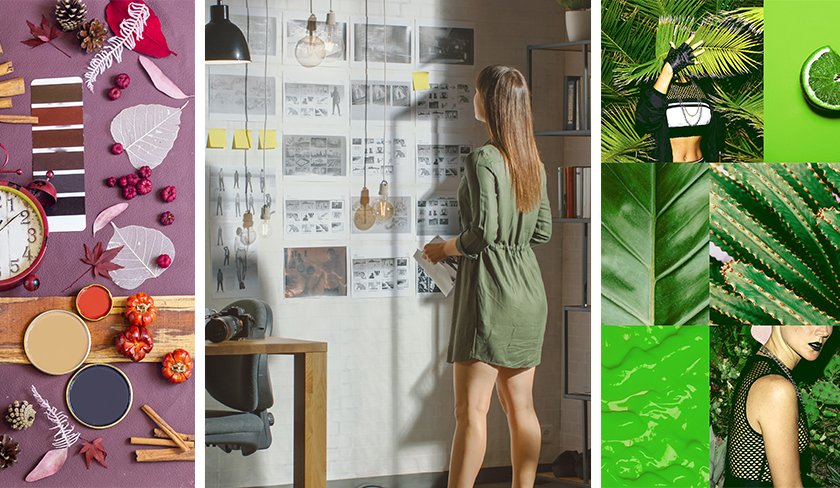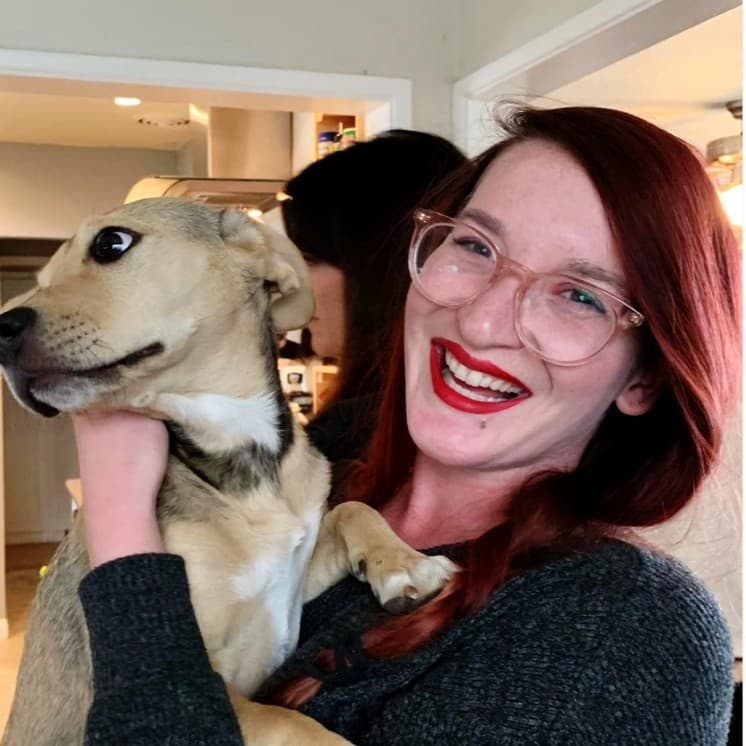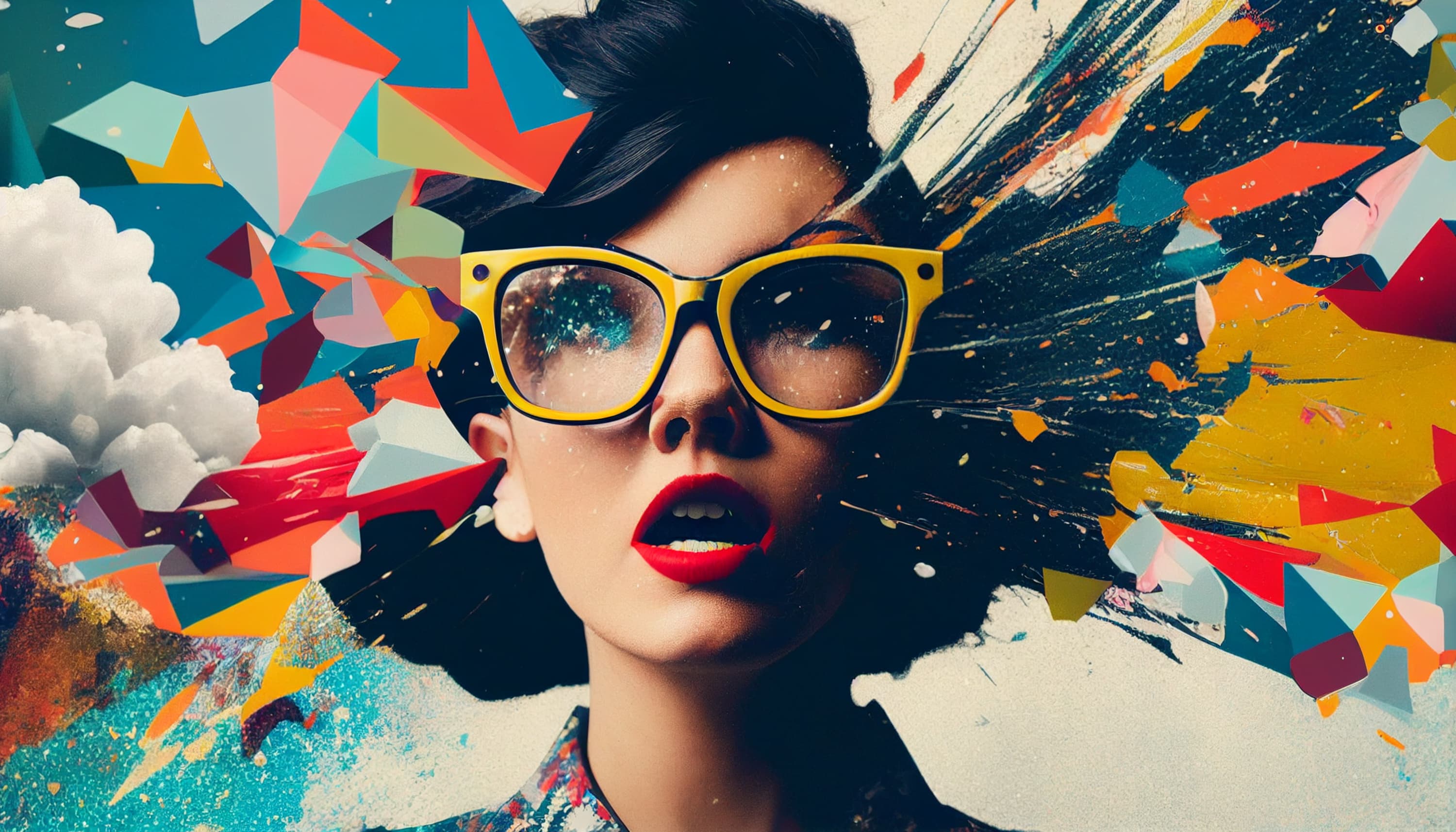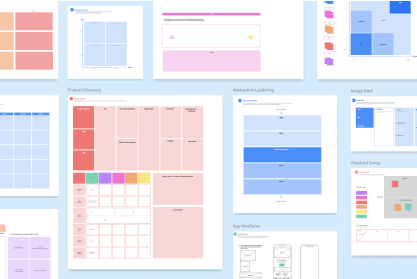It all starts with an idea and the ambition to bring it to life.
Mood boards are a fun and imaginative way to define the overall vision of your creative projects. Whether it’s designing a room in your home, executing a new ad campaign for social media, or creating a new fashion line, mood boards serve as a visual representation of your ideas that keeps the momentum of your creative process running on all cylinders.
This guide will tell you everything you need to know about creating mood boards and show you some examples of winning mood boards that you can use for your next project.
What is a mood board?
A mood board is a collage of images meant to inspire creativity and communicate the overall vibe of projects, big and small. Used by everyone from graphic designers to event planners, mood boards are much more than pretty pictures; they can include textures, materials, color schemes, text, and any other element that goes into a design project.
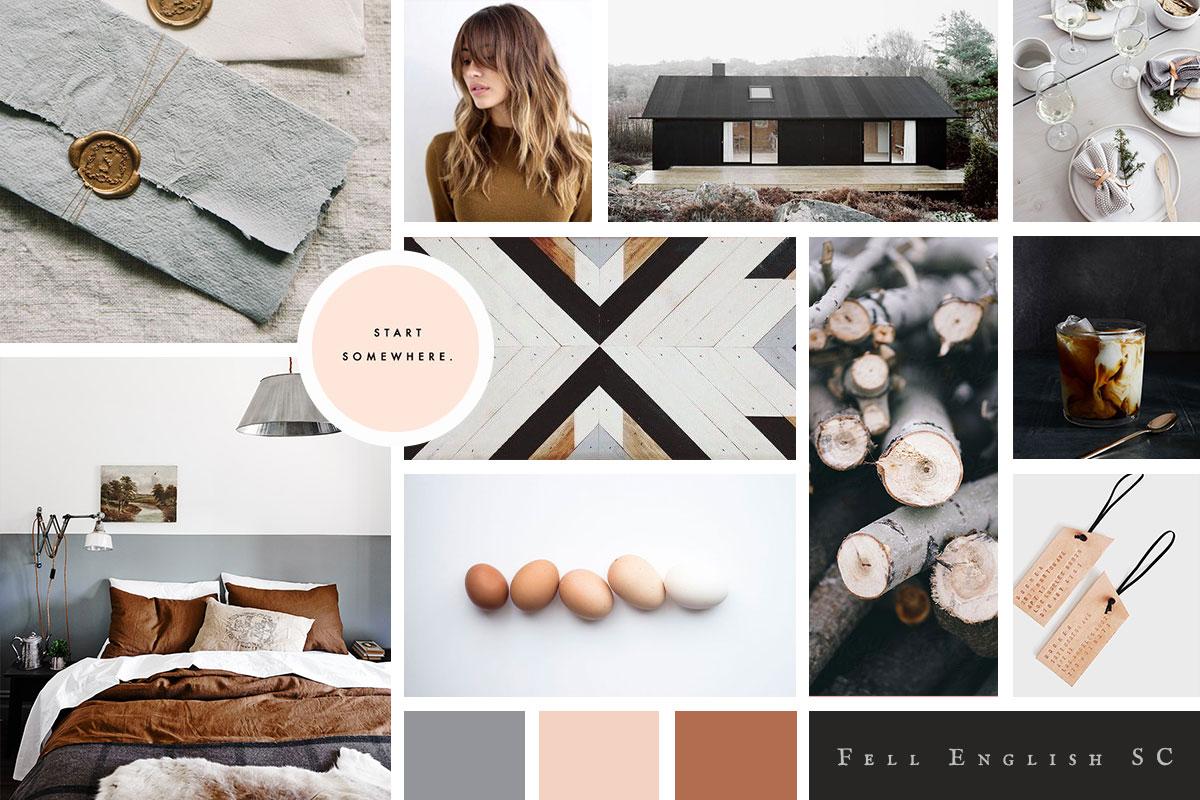
Interior design mood board via skillshare.com
As with most creative processes, inspiring mood boards can be messy or organized into a tidy template (we'll get to these later). You can either create a physical mood board or a digital mood board, depending on your preferred form of collaboration.
Why create a mood board?
There are a few key reasons why mood boards are a great first step when embarking on a new creative endeavor:
Set the vibe
Think of mood boards like dressing rooms: they let you try stuff on while seeing what you like and what you don’t. By curating a collection of images and elements that resonate with you, you’ll be able to identify re-occurring trends and let your style shine.

Communicate your ideas
Images are capable of communicating emotions and feelings that other forms of media can’t, which is why mood boards are the most effective visual representation of your design ideas. Whether you’re working with a design agency or your own team members, a mood board conveys the big picture to get everyone on the same page.
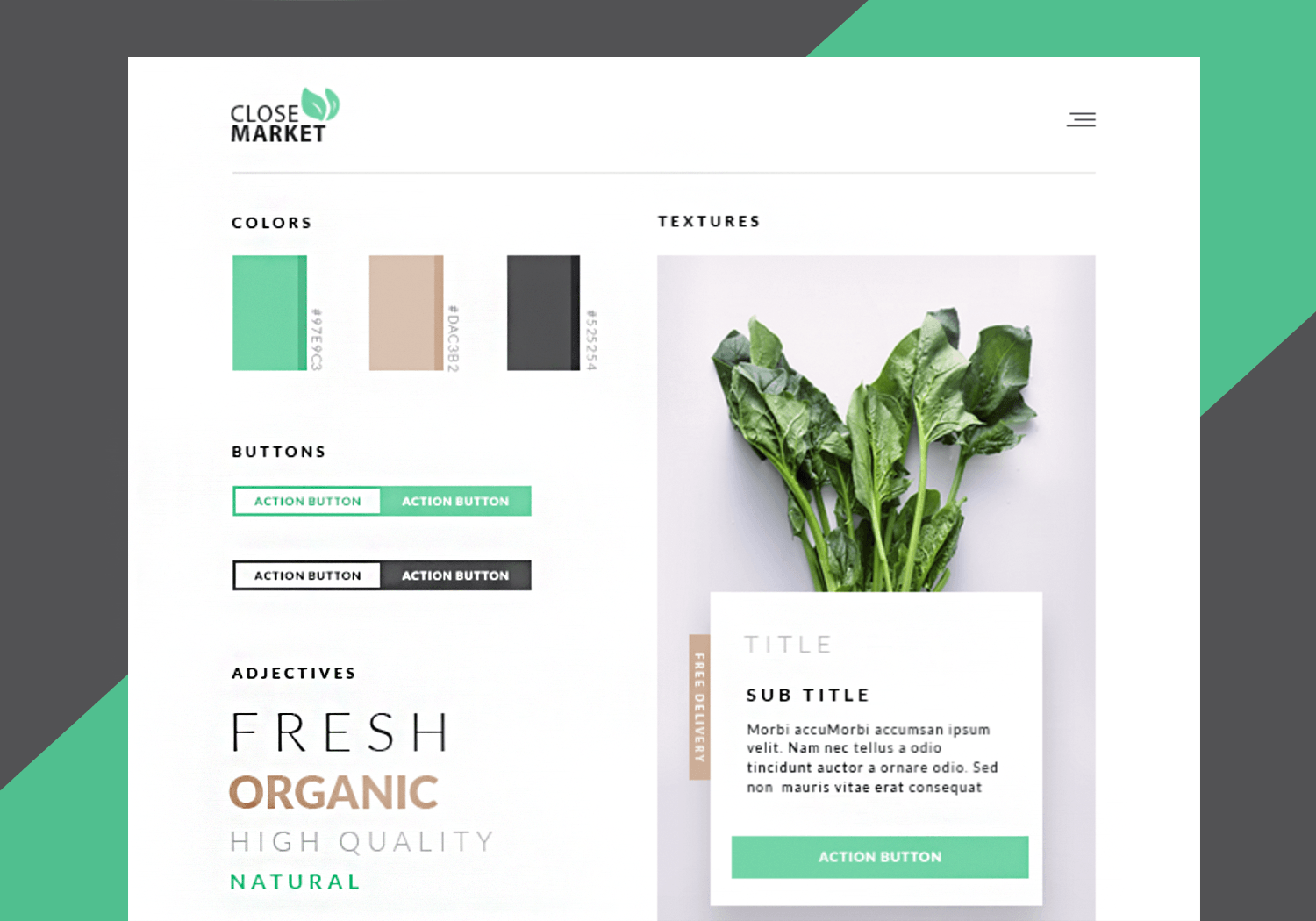
Keep your eye on the prize
It’s easy to lose sight of the original goal when your project starts to take on a life of its own. Creating a mood board helps maintain focus by keeping your ideas and inspiration organized all in one place.

Mix and match
Once all the elements that go into your creative projects are splayed out on a mood board (whether digital or physical), it’s easy to mash up different assets to see what works together. Or you could find that you actually don’t like any of the elements together and go back to the drawing board!
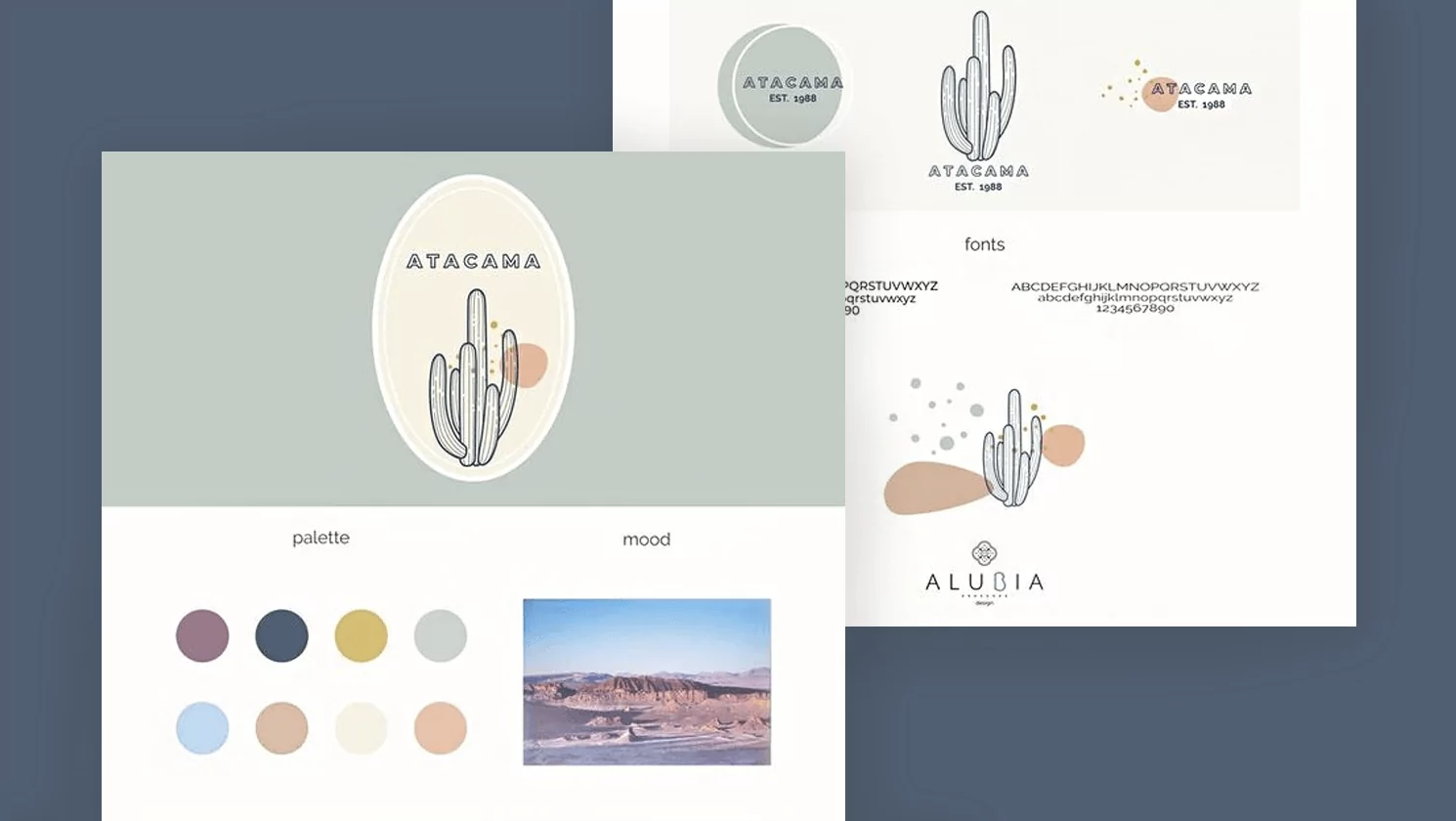
What is an example of a mood board that works?
Mood boards vary in style and format, and there isn’t necessarily a wrong way to make one. But the mark of a successful mood board is that it communicates the spirit of your vision effectively enough to make other people believe in it.
The best mood boards enable your client or team to see the direction you want to take before investing hours of work into executing the actual project. They can also be used as a source of truth as your project starts to take shape; when direction starts to change, you can look back at the mood board to remember what the overall feel of the end result should be.
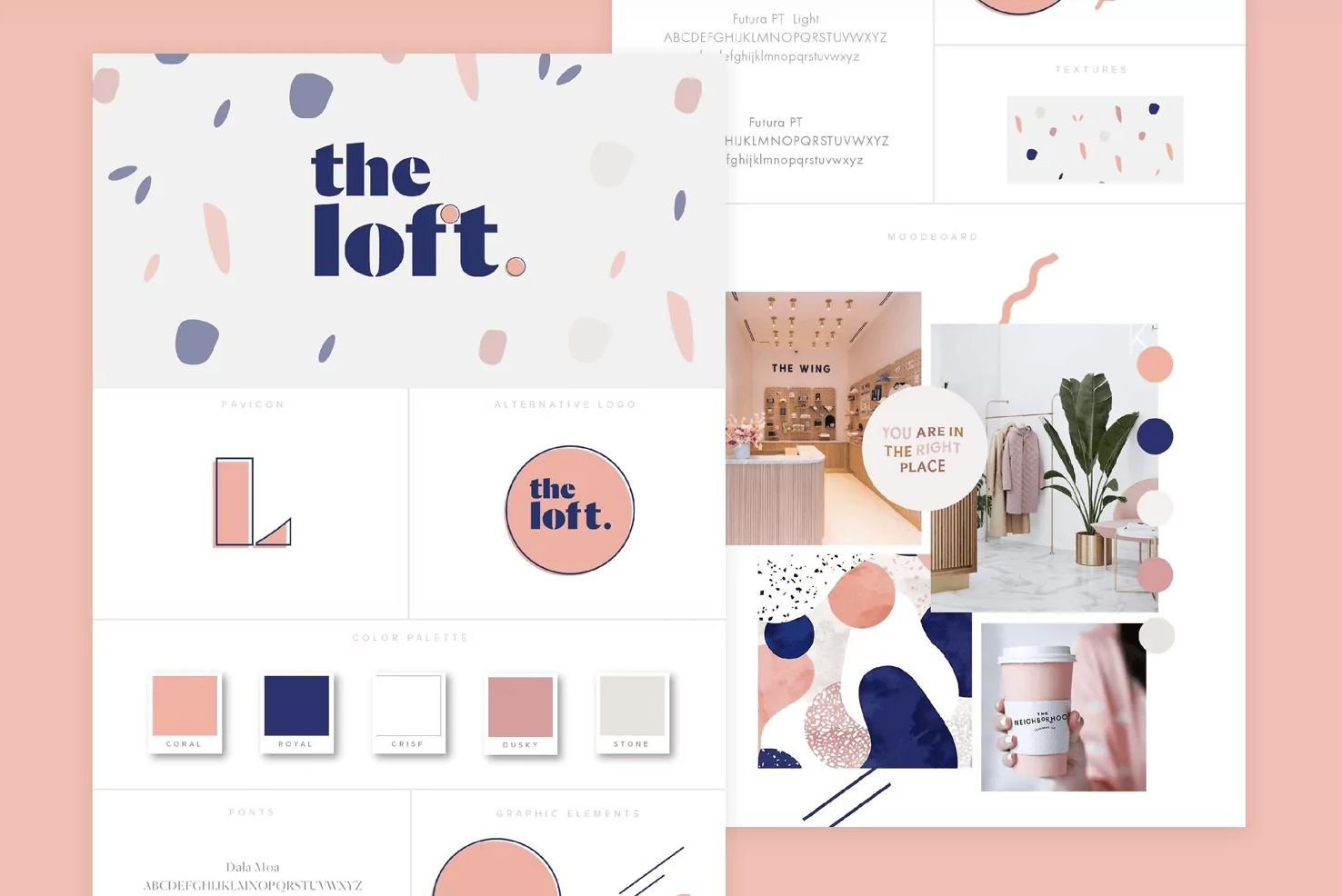
How to create a mood board
There are hundreds of use cases for creating mood boards, but to keep this simple, we’ll focus on one:
Let’s say you want to create a mood board for your next marketing campaign. You’d start by thinking of the general tonality of your brand, target audience, and how you want to make people feel.
After you establish some ground rules, you start to find supporting images that speak 1000 words. When grouped together, they tell an even bigger story. You start to arrange them to see what fits nicely together and what might not make the cut after all. You layer messaging over each image to see what combination makes the most sense together. You find a flow that works.
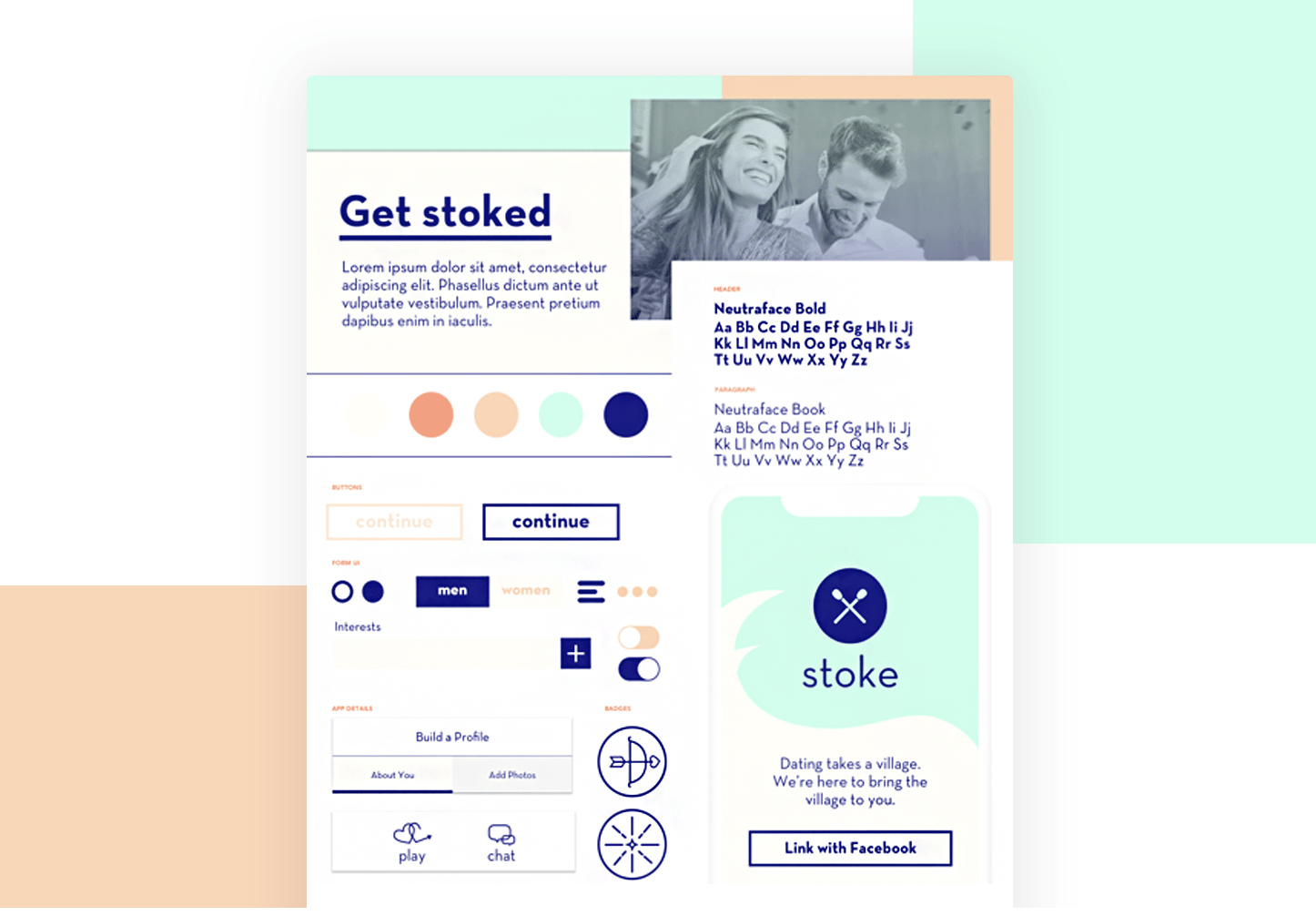
After a little bit of playing around and fine-tuning, you have a working mood board!
Was this section anticlimactic? Sorry, but it really is that easy. If you want more, here’s a step-by-step example of how to create a wedding mood board.
Is there a mood board template?
Creating a mood board can seem just as daunting as starting a new project, but there are dozens of mood board templates to help you get started.
For example, Bluescape offers a free mood board template to make it easier than ever to bring your biggest ideas to life. Bluescape enables autonomous collaboration in a virtually limitless workspace, so you can create to your heart’s desire.
You can also place multiple mood board templates side by side if you want to present multiple options to your team or client (or partner if it’s a home improvement project).
Conclusion
A mood board is a fun way to help you define your personal style and communicate the emotional impact of your next project. Just remember that making a mood board is a creative process, which means there’s no right or wrong way to do it. Just enjoy the journey and see where it takes you!
Want to learn more? Check out this blog post on examples of great mood boards. Or, if you want to try Bluescape’s mood board template for yourself, get started here.
